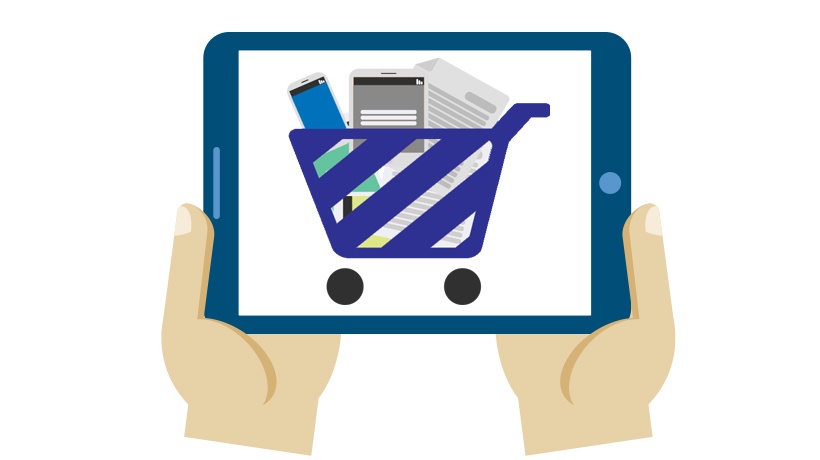eCommerce Components That Are Essential For Fee-Based Training
Delivering external online training to partners and customers can often make financial sense for a company that has an internal training platform. Increased knowledge of your products and services can lead to greater adoption, usage and customer retention. A natural extension of this activity is to grow the value of your training platform by offering fee-based training.
Capabilities needed when delivering fee-based training include:
- Catalog management.
- Gathering trainee data.
- Payment processing.
- Registration and scheduling.
- Content delivery.
- Sales reporting.
If managed manually, these procedures are costly in terms of human resources, so some degree of automation is desirable.
An eCommerce system built for eLearning is key to automating the process. A single system can display courses in searchable categories, apply any relevant discounts, allow the purchase of multiple courses at once, capture trainee data, process payments, and enroll trainees immediately into a Learning Management System upon successful purchase. To make things even easier, an eCommerce system may include the following capabilities:
- Enroll multiple trainees at once.
If an external purchaser buys seats on an online training program for a cohort of trainees, administrative costs are reduced by the eCommerce system. Enrolling multiple trainees can be as simple as uploading a .csv file of their names and email addresses to the eCommerce system, upon which they are all granted instant access to their online training. - There can be single sign-on from the eCommerce system to the Learning Management System, meaning that trainees arrive at the Learning Management System in a logged-in state.
This reduces password fatigue for the trainees, and administrative costs are also reduced since no manual issuing of Learning Management System login credentials is required. Furthermore, trainees can be enrolled at any time of day or night, instead of having to wait for an administrator to enroll them or send them their Learning Management System logins. - Discounting can also be automated.
If members of a particular organization are to benefit from special pricing, a certain field in their profile in the eCommerce system –for example their email domain– can be keyed to trigger a discounted price without their intervention. - External membership databases can integrate with the eCommerce system.
This can offer special pricing, content, or other "perks" in a similar way. - Physical products such as books and other learning materials can be sold alongside the eLearning component.
Then, the eCommerce system will calculate tax and shipping. - The eCommerce system can accept coupon codes at checkout.
These can be issued to certain trainees as another method of applying discounts. - The eCommerce system can produce sales data.
This will facilitate administration and HR planning. - Variable pricing can be set to begin and end on set dates.
"Early bird" pricing can be administered automatically.
One of the key advantages of a dedicated eCommerce system external to the Learning Management System is that it allows the creation of an online catalog of your fee-based courses. Because it is separate from the Learning Management System, this catalog can be designed to match an existing training portal’s look and feel, or customized in any way desired.
Customers can browse the catalog, select learning products, add them to the shopping cart and pass through checkout in a quick and seamless process during which their contact data are captured and an account is created for them in the Learning Management System. Without a dedicated eCommerce system, these processes would have to be handled manually or by a variety of separate systems.
Furthermore, training administrators can:
- Create custom email confirmations to be sent out automatically upon successful purchase.
- Make it obligatory to accept Terms and Conditions before purchase.
- Create categories and subcategories of courses.
- Maintain a record of sales orders to aid in bookkeeping and customer communications.
- Edit all aspects of their catalog and shopping cart, such as images, course descriptions, category names, etc.
- Link courses so that when customers view a course, other related courses are presented to them as well.
- Give their course description pages SEO-friendly URLs containing course-specific keywords for optimal search exposure.
- Change payment gateway easily, or use multiple payment gateways to offer more purchasing options.
- Take payment by invoice rather than credit or debit card, and delay enrollment into the Learning Management System until payment has been processed.
Depending on the eCommerce system, other features and customizations may be possible. Yet the core functionality outlined above is key to streamlining the process of extending a training platform to external purchasers with fee-based training.







